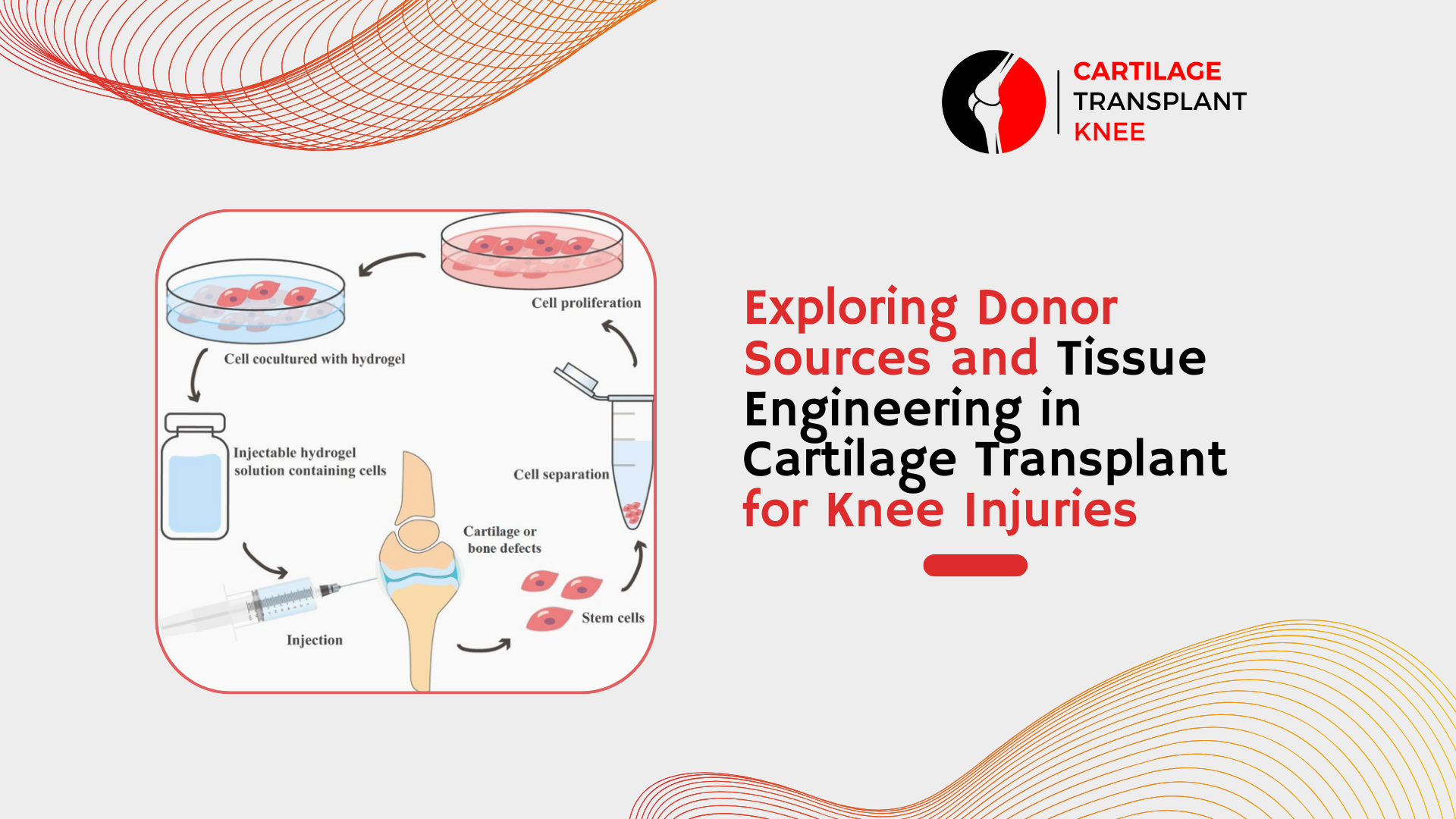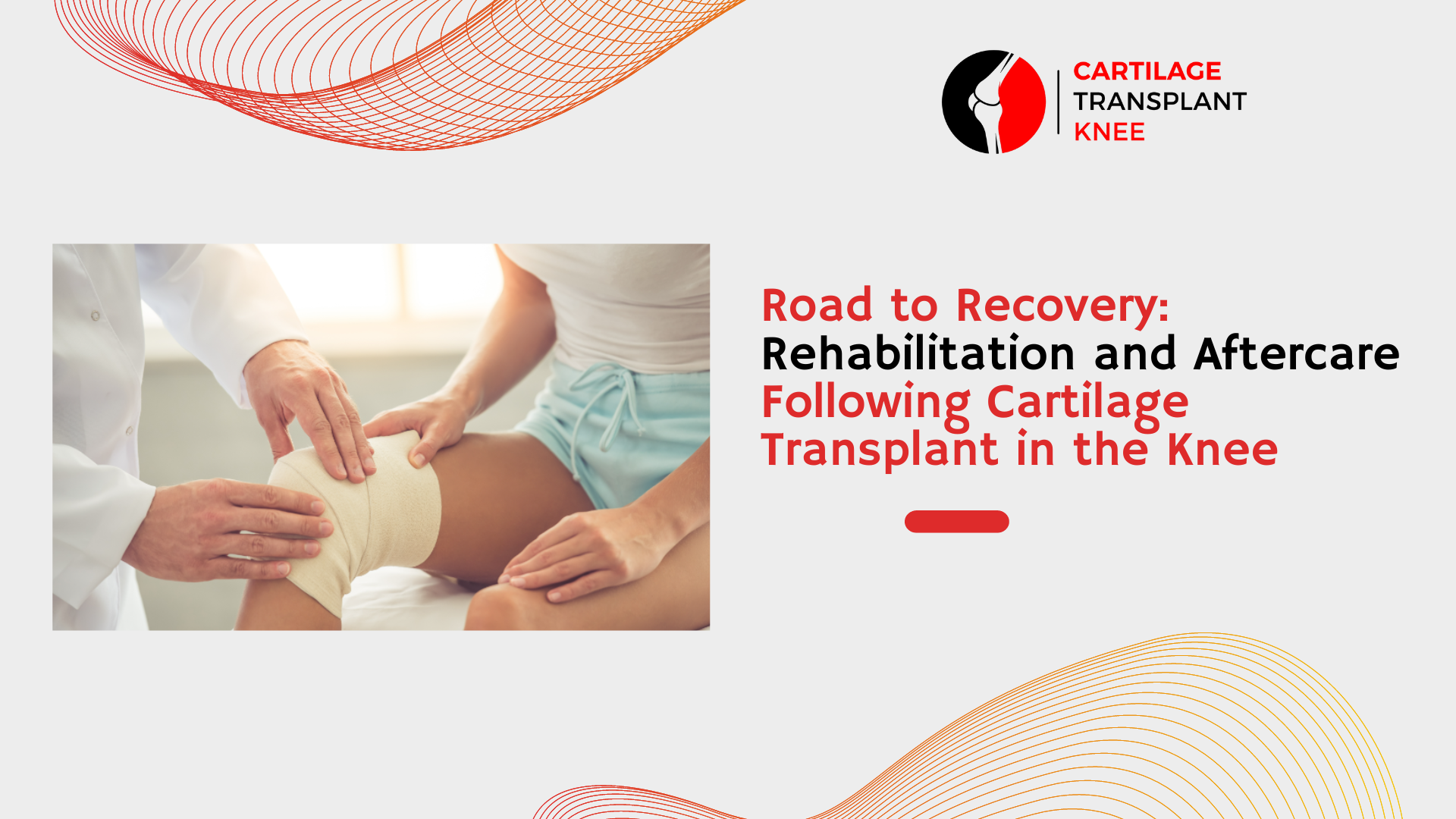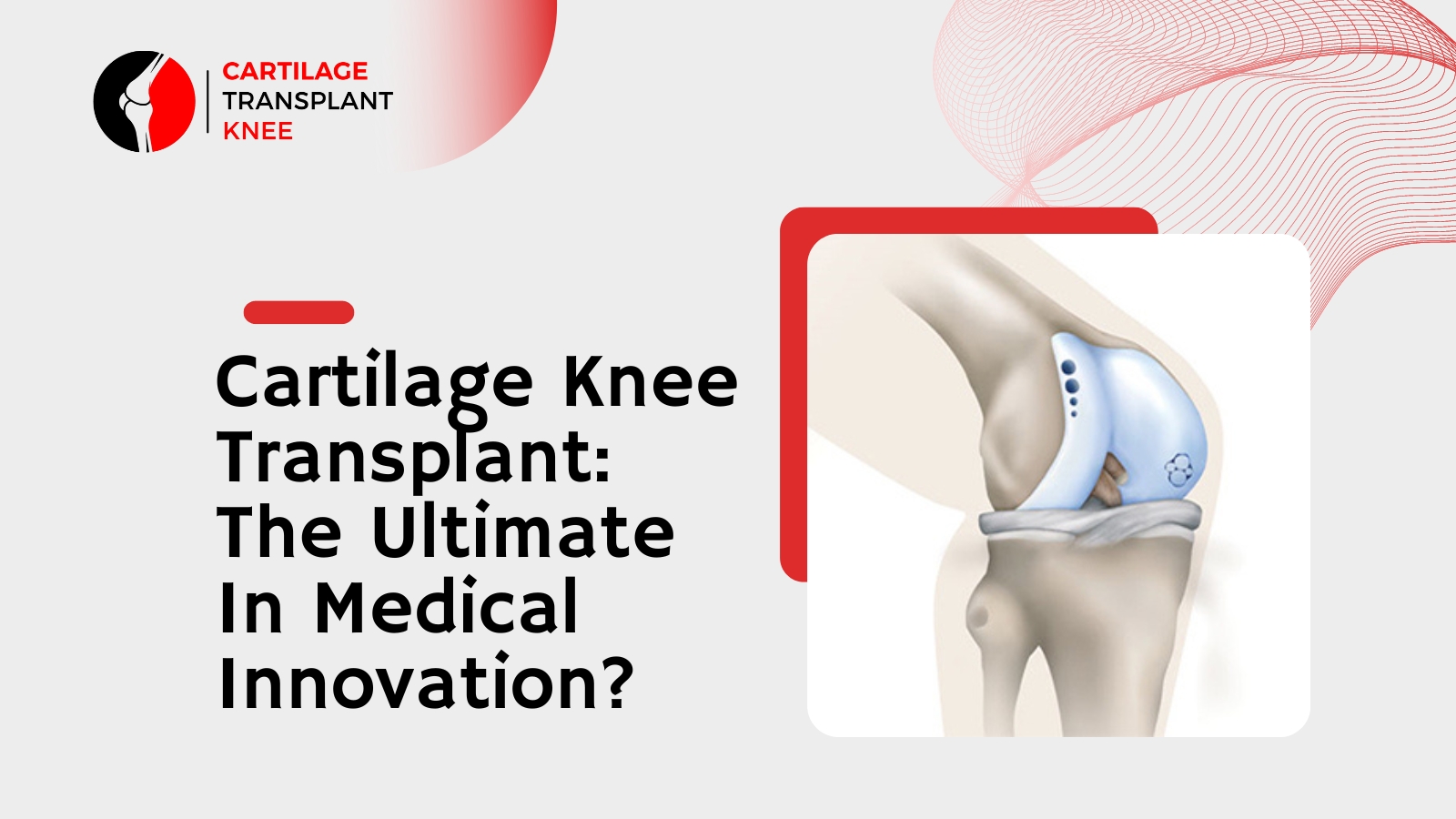High tibial osteotomy (HTO) is a surgical procedure that is performed to treat knee osteoarthritis and other knee conditions. The goal of the procedure is to shift the weight-bearing load of the knee joint from the damaged area to a healthier part of the joint, which can help to alleviate pain and improve function. In this blog, we will discuss the indications for high tibial osteotomy, including the knee conditions that may benefit from this procedure.
1. Knee Osteoarthritis - Knee osteoarthritis is a common condition that occurs when the cartilage in the knee joint begins to wear away. This can lead to pain, stiffness, and difficulty moving the knee joint. High tibial osteotomy is an effective treatment option for individuals with early to mid-stage knee osteoarthritis who have not responded to non-surgical treatments such as physical therapy, weight loss, and medication. By shifting the weight-bearing load of the knee joint, high tibial osteotomy can help to reduce pain and improve joint function in individuals with knee osteoarthritis.
2. Unicompartmental Knee Arthritis - Unicompartmental knee arthritis is a type of knee arthritis that affects only one compartment of the knee joint. This condition can cause pain and swelling in the affected compartment, as well as difficulty moving the knee joint. High tibial osteotomy can be an effective treatment option for individuals with unicompartmental knee arthritis, as it can help to shift the weight-bearing load of the knee joint to the healthier compartment, reducing pain and improving joint function.
3. Ligament Instability - Ligament instability is a condition that occurs when the ligaments in the knee joint are damaged or torn, leading to instability and difficulty moving the knee joint. High tibial osteotomy may be recommended for individuals with ligament instability who have not responded to non-surgical treatments such as physical therapy or bracing. By shifting the weight-bearing load of the knee joint, high tibial osteotomy can help to reduce the strain on the damaged ligaments and improve joint stability.
4. Varus Deformity - Varus deformity is a condition that occurs when the knee joint is misaligned, causing the weight-bearing load to be concentrated on one side of the knee joint. This can lead to pain, swelling, and difficulty moving the knee joint. High tibial osteotomy can be an effective treatment option for individuals with varus deformity, as it can help to shift the weight-bearing load of the knee joint to the healthier side of the joint, reducing pain and improving joint function.
5. Recurrent Knee Instability - Recurrent knee instability is a condition that occurs when the knee joint repeatedly gives way or feels unstable, often due to ligament damage or weakness. High tibial osteotomy may be recommended for individuals with recurrent knee instability who have not responded to non-surgical treatments such as physical therapy or bracing. By shifting the weight-bearing load of the knee joint, high tibial osteotomy can help to reduce the strain on the damaged ligaments and improve joint stability.
In conclusion, high tibial osteotomy is a valuable treatment option for individuals with knee osteoarthritis, unicompartmental knee arthritis, ligament instability, varus deformity, and recurrent knee instability. However, it is important to note that not all individuals with these conditions may be good candidates for high tibial osteotomy, and a thorough evaluation by a qualified orthopedic surgeon is necessary to determine if this procedure is appropriate for each individual case. If you are experiencing knee pain or difficulty moving your knee joint, consult with your doctor to determine the best treatment options for your specific condition.









